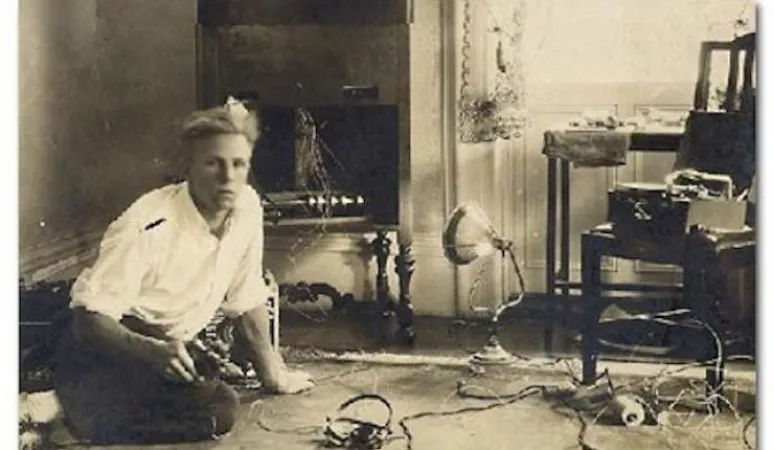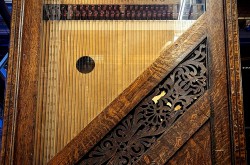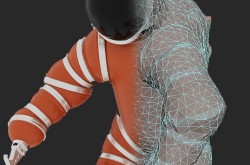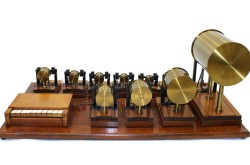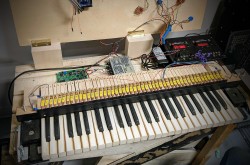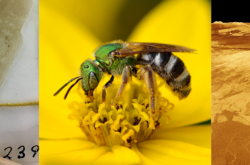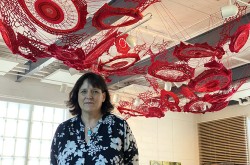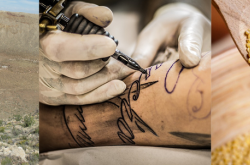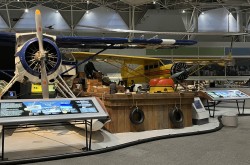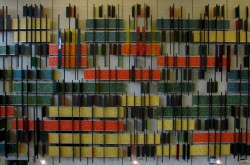Frank Morse Robb 1902–1992
This article was originally written and submitted as part of a Canada 150 Project, the Innovation Storybook, to crowdsource stories of Canadian innovation with partners across Canada. The content has since been migrated to Ingenium’s Channel, a digital hub featuring curated content related to science, technology and innovation.
Like many inventors, Morse Robb began his career in science at an early age. Born in Belleville, Ontario he was a studious and creative boy constantly coming up with gadgets that often backfired: his Christmas tree light flasher gave his father a shock; he ruined a good pair of pants in an attempt to make ether; and he created a highly sensitive chemical compound that exploded with the touch of a feather. But his puttering eventually paid off. By the time he was 11, Robb invented several successful items including a double-length bobsled fitted with a speaking tube so that riders could communicate with each other. A couple of years of experimenting also produced two inventions that the 14-year-old Robb submitted to the British government to help the Allied war effort. One was a type of magnetic mine; the other was an acoustically operated submarine bomb.
A few years later on a trip to Chicago, Robb came across a new type of amplifier that he combined with his home radio to produce sound so powerful the vibrations made the floor shake. When the rich, resonant tones of a full pipe organ came over the airwaves, it seemed as though the instrument was actually being played in the room. This was the sound he wanted to duplicate. His experiments continued and in 1928 Robb obtained a patent for what would become the world’s first electronic wave organ.



